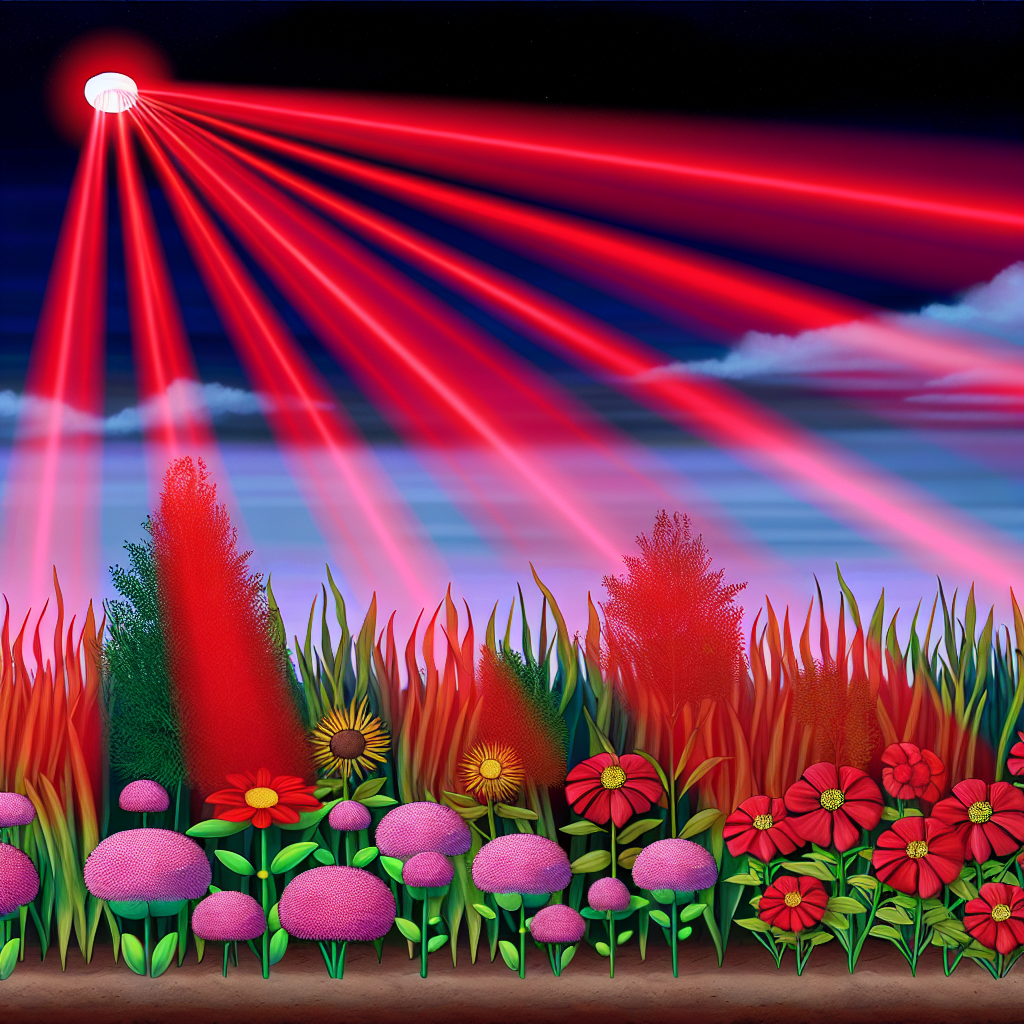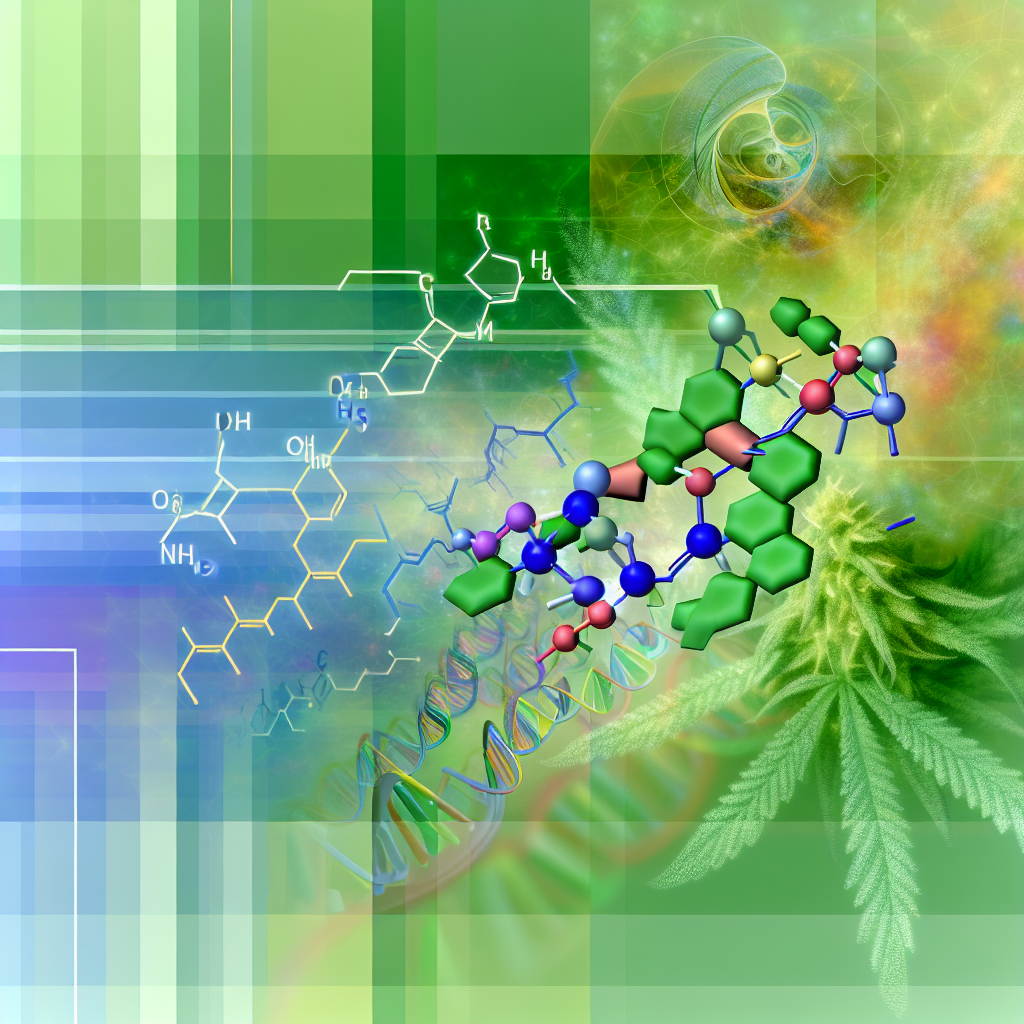Photoperiod Manipulation – Using Far-Red Light to Control Flowering Time and Stretch
Introduction
For both home growers and commercial cultivators, fine-tuning environmental factors is key to maximizing cannabis yields, improving cannabinoid profiles, and enhancing overall crop value. Among environmental factors, light manipulation stands out as one of the most versatile tools in a controlled grow space. While many cultivators emphasize light intensity, photoperiod schedules, and spectrums like red, blue, and UV, a growing area of innovation centers on the use of far-red light.
Far-red light lies just outside the visible range for humans (700–750 nm) and, though not classified within photosynthetically active radiation (PAR), plays a crucial role in plant physiology due to its interaction with the phytochrome light receptor system. This system allows plants to detect changes in day length, influencing flowering and vertical growth, also known as “stretch.”
The ratio between two phytochrome forms—Pr (red-activated) and Pfr (far-red-deactivated)—determines flowering onset, particularly in short-day plants like cannabis. By introducing far-red wavelengths at strategic times (e.g., end of the day or during night interruptions), growers can simulate earlier nights and manipulate the plant’s developmental timeline.
Additionally, far-red applications influence plant morphology, especially internodal spacing, allowing cultivators to manage plant height during the critical transition from vegetative to flowering growth. This is invaluable in vertical grow operations, where space efficiency and canopy management are critical. The integration of far-red is emerging as a must-have tool for refined cannabis cultivation.
Features & Scientific Underpinning
The increase in LED lighting technology has opened new doors for targeted spectral manipulation in controlled farming, specifically the inclusion of far-red light that was previously inaccessible under older grow light systems like HPS or fluorescents.
One of the most pivotal studies in this area, published by Zhen & Bugbee (2020) in Plant Physiology, demonstrated that when used alongside red wavelengths, far-red light can boost photosynthesis through the Emerson Enhancement Effect. This synergy increases biomass and drives energy efficiency in plant metabolism—ushering in faster vegetative development and priming for an earlier transition to the flowering stage.
Further research, such as the Acta Horticulturae (2016) study supported by NASA, showed that supplementing plants with far-red encouraged stem elongation and optimized overall plant architecture—an innovation of particular use in environments with space constraints, like micro-grows or indoor vertical farms.
Insights from Wageningen University & Research explored how End-of-Day Far-Red (EOD-FR) exposure facilitated earlier flowering. By modifying the Pfr/Pr balance to mimic dusk, this technique effectively initiated “biological night” without reducing light hours or interrupting daily photoperiod integrity. This allows certain cultivars to flower sooner while still receiving their full light quota.
Commercial lighting companies like Fluence Bioengineering and BIOS Lighting have also contributed significantly to understanding how dynamic control of red-to-far-red ratios enables tighter control over stretch and airflow. This is particularly valuable in dense canopies, where managing internodal gaps is essential to prevent mold and nutrient immobility.
Some findings indicate that cannabis plants are extraordinarily responsive to spectral shifts in comparison to other crops. For instance, Sativa-dominant strains, which tend to stretch more, can benefit from pulsed far-red applications in early bloom stages to confine internodes without impacting overall floral development. On the flip side, Indica varieties with compact growth structures may benefit from stimulating moderate stretch during veg to ensure better light distribution throughout the plant.
Indoor commercial growers—especially those working with stacked racking systems—are increasingly incorporating programmable LED systems capable of adjusting light “recipes” across growth phases. In recent operational reports, facilities employing far-red protocols have seen up to a 15% reduction in crop time while improving yield uniformity across phenotypes.
Conclusion
As the cannabis cultivation industry advances toward more refined, consistent, and high-quality production, far-red light is proving to be a valuable tool in the grower’s arsenal. Through its profound influence on the phytochrome system, far-red light not only modulates flowering initiation but also enables precise control over plant architecture and production timelines. Coupled with modern LED capabilities, this technique provides a strategic advantage in managing vertical space, reducing full-cycle duration, and increasing yield predictability. With peer-reviewed validation and real-world success, photoperiod manipulation using far-red light is set to become a foundational practice in future-proof cannabis growing.
Concise Summary
Far-red light (700–750 nm) is emerging as a powerful tool in indoor cannabis cultivation, offering deep control over flowering time and plant morphology. By modulating the phytochrome system through strategic far-red application, growers can trigger earlier flowering and manage stretch, optimizing vertical space and reducing growth cycles by up to 15%. Advanced LED systems enable precise delivery of red-to-far-red ratios, catering to strain-specific needs. As scientific evidence continues to mount, far-red photoperiod manipulation is becoming a valuable best practice for boosting yields, accelerating harvest, and improving crop uniformity in commercial cannabis production.
References
– Wageningen University & Research. Light spectrum influences plant responses.
– Fluence BioEngineering. Light Spectra Optimization for Cannabis Production.




